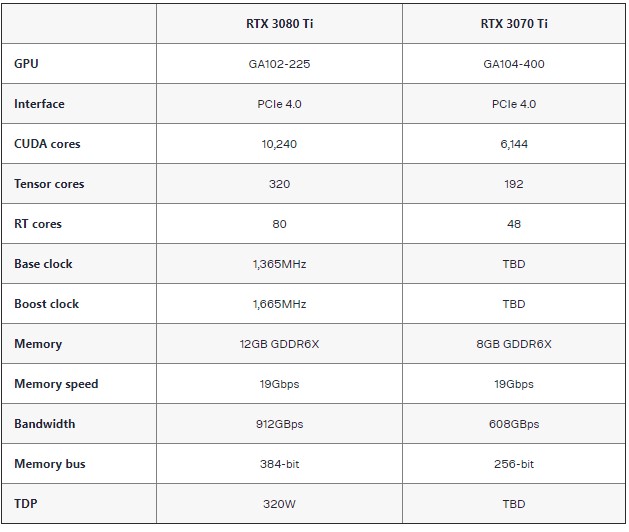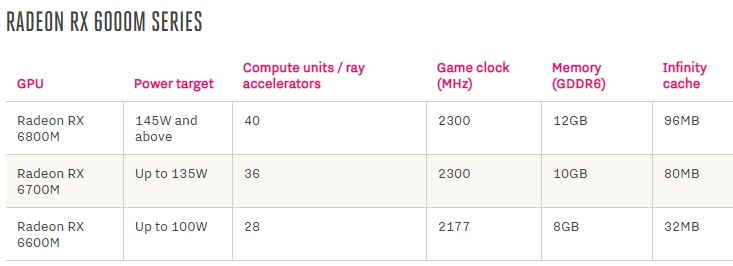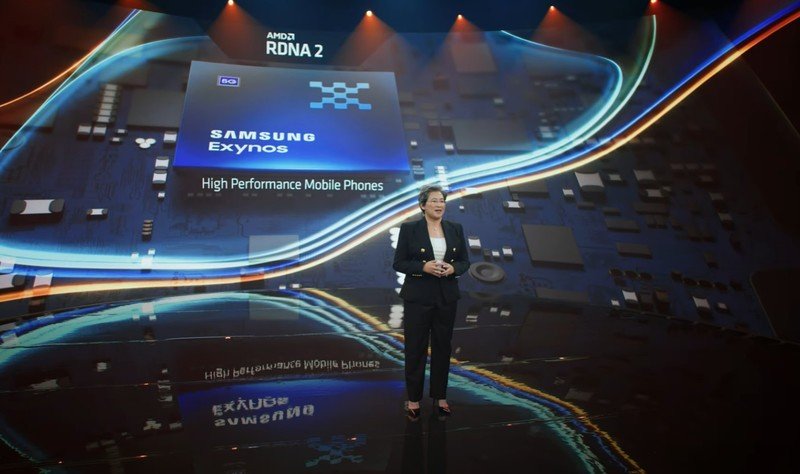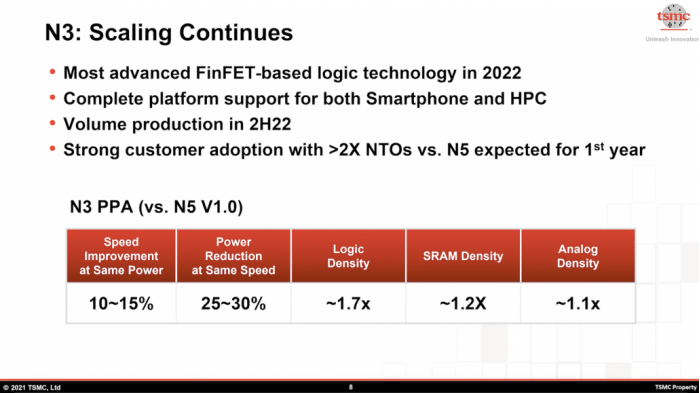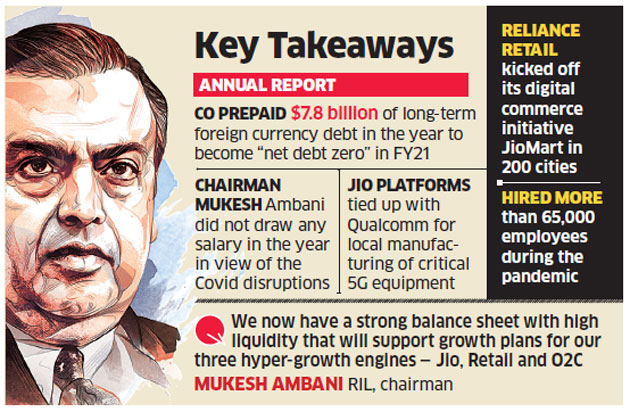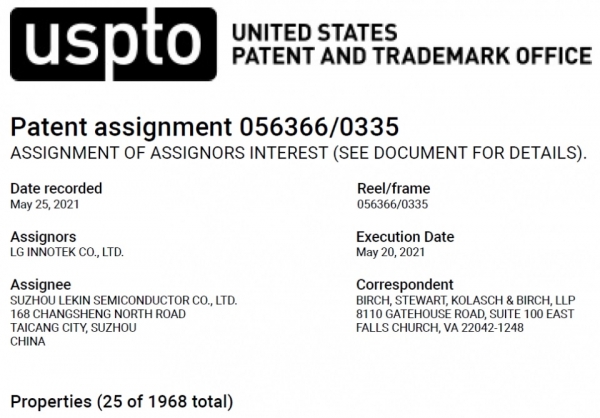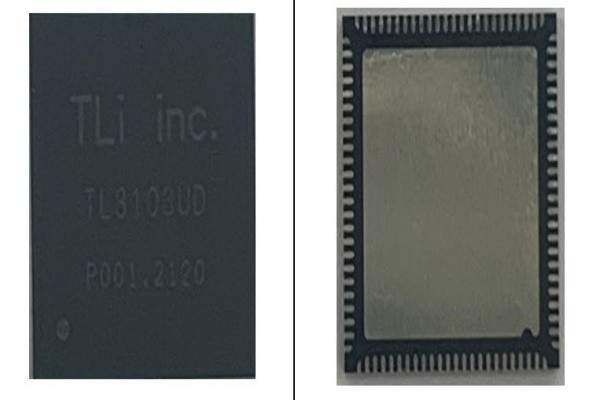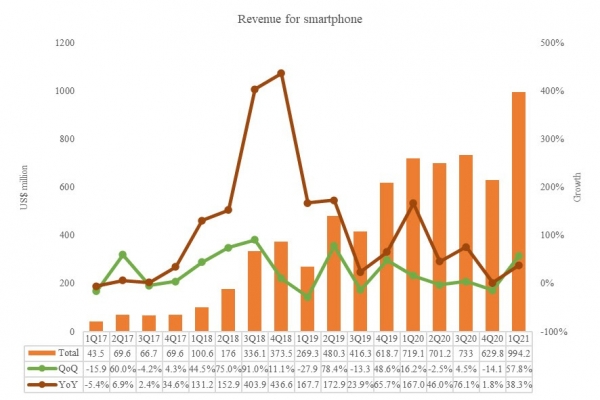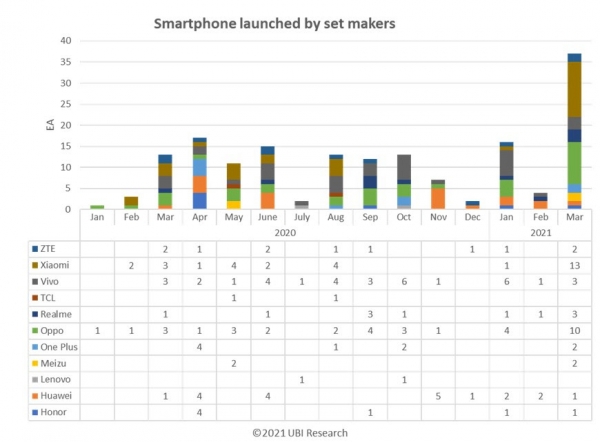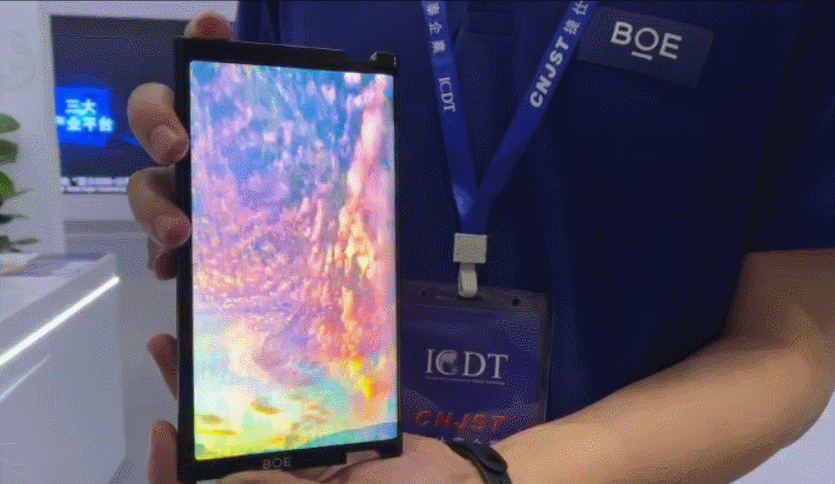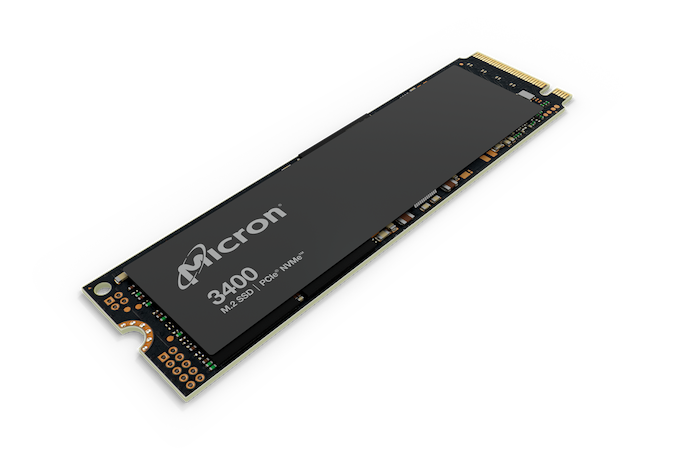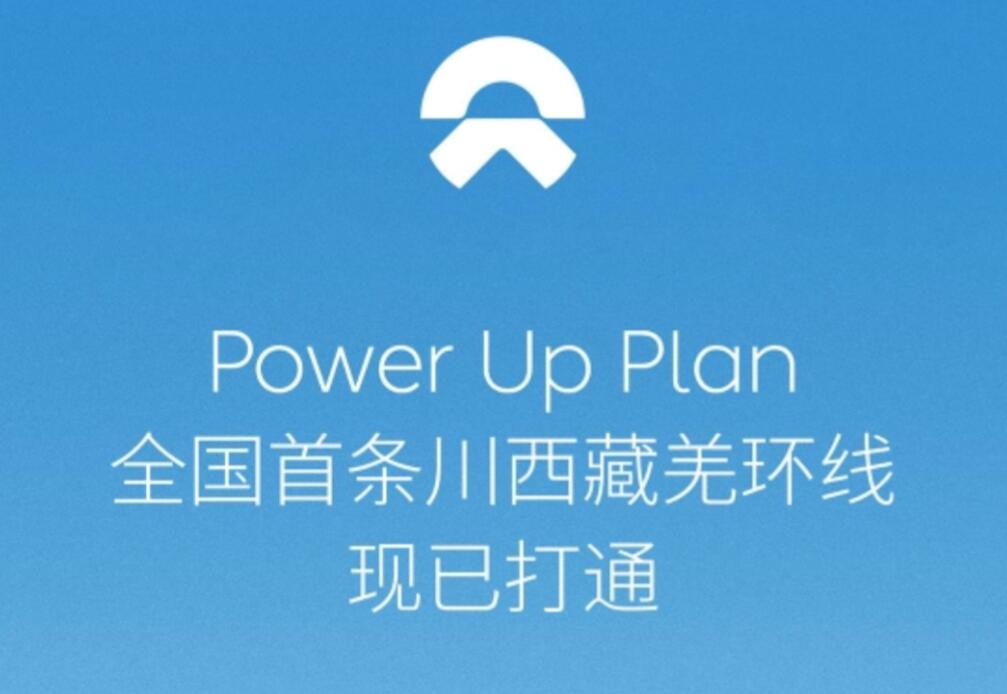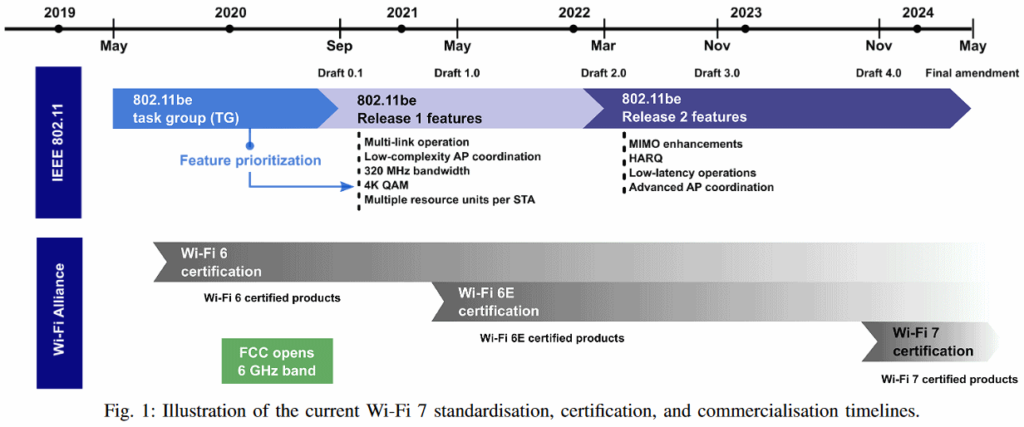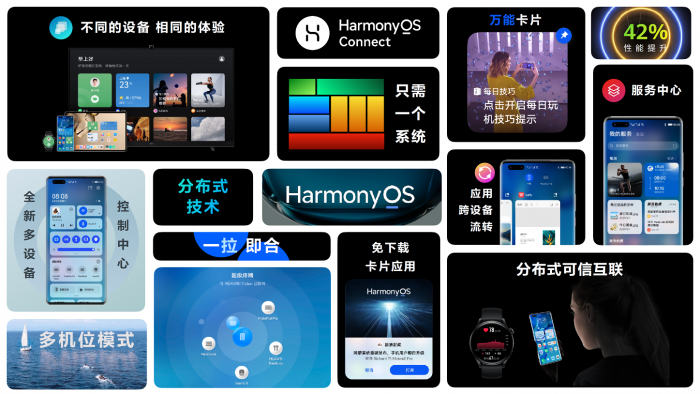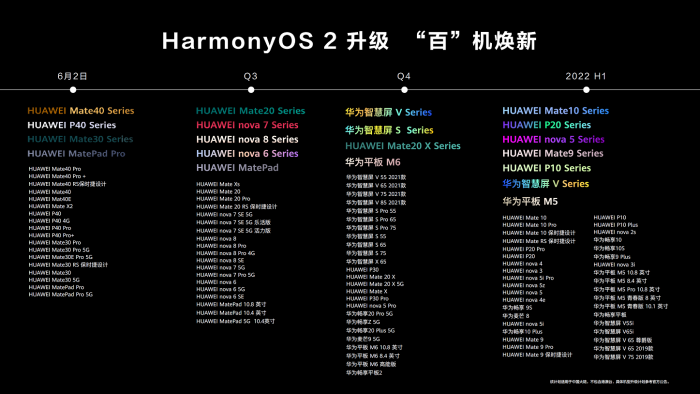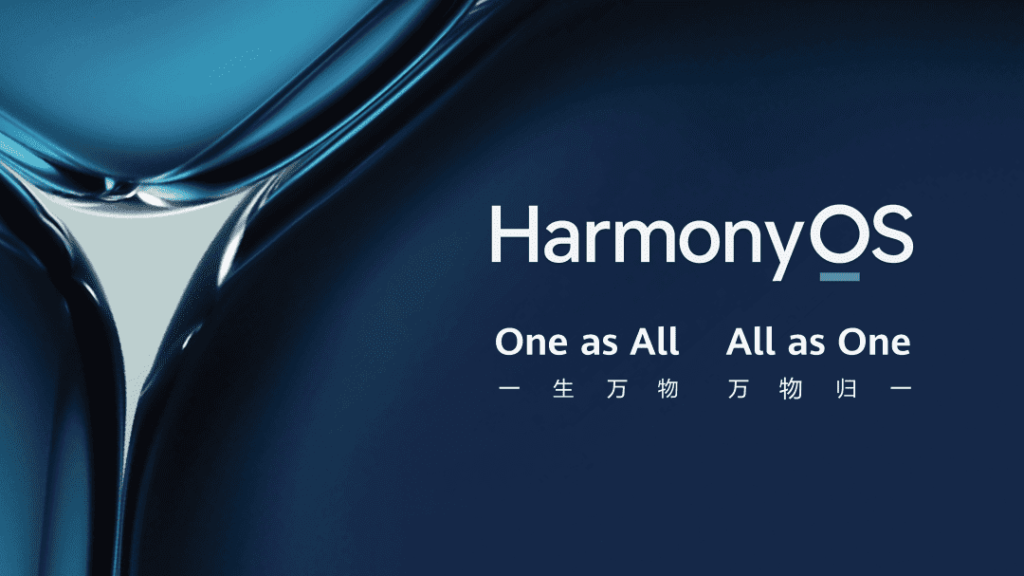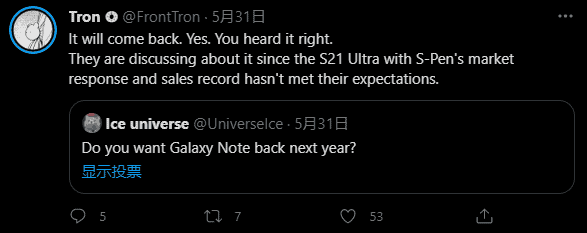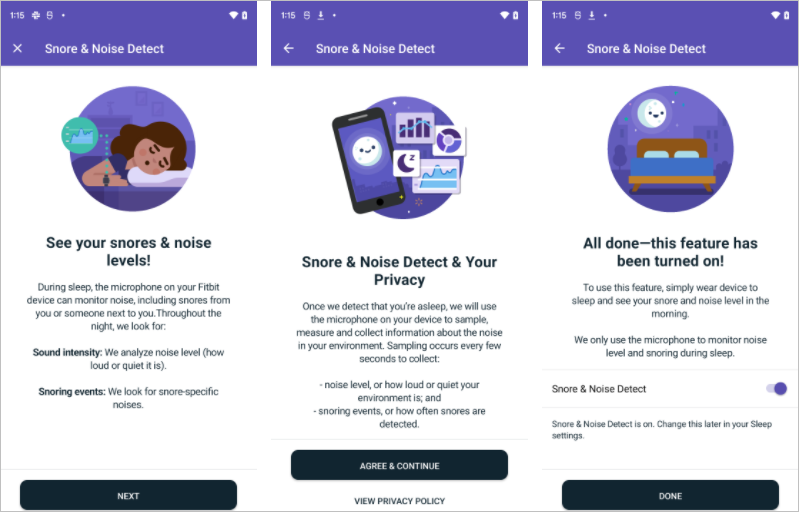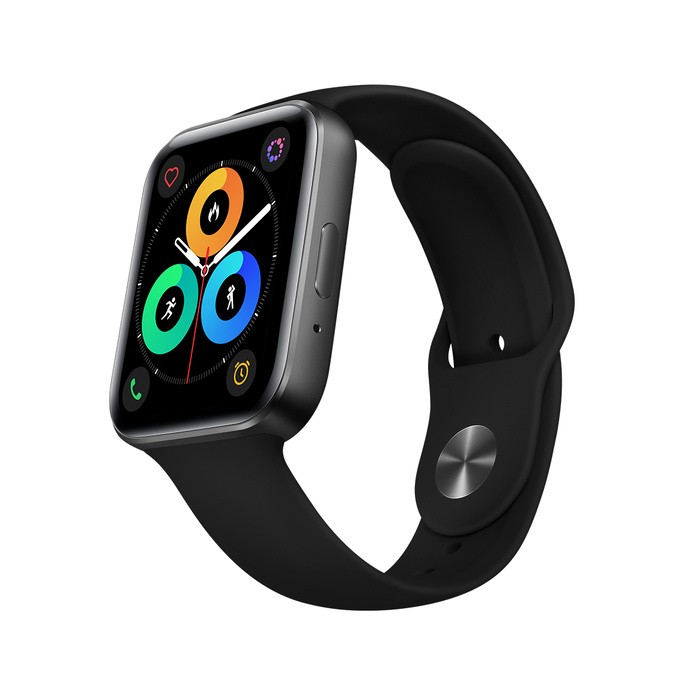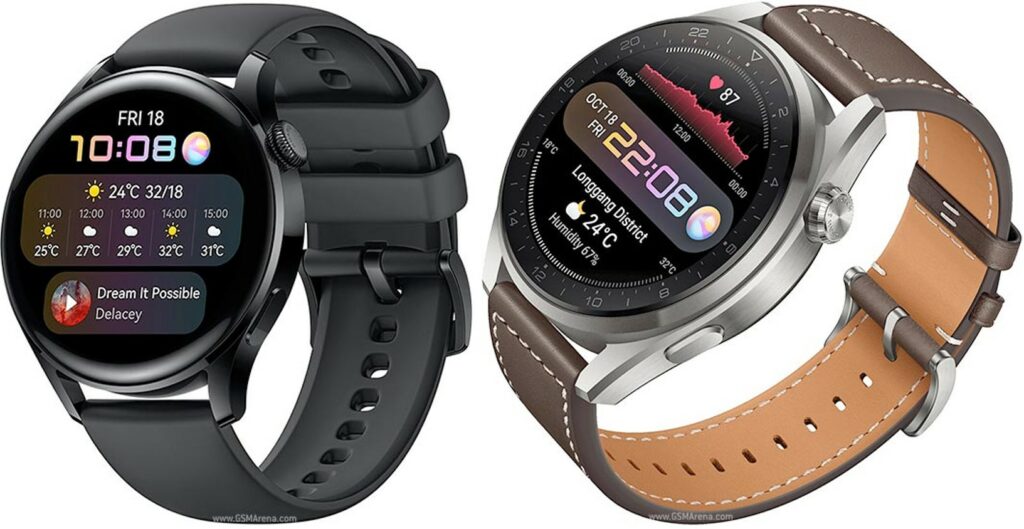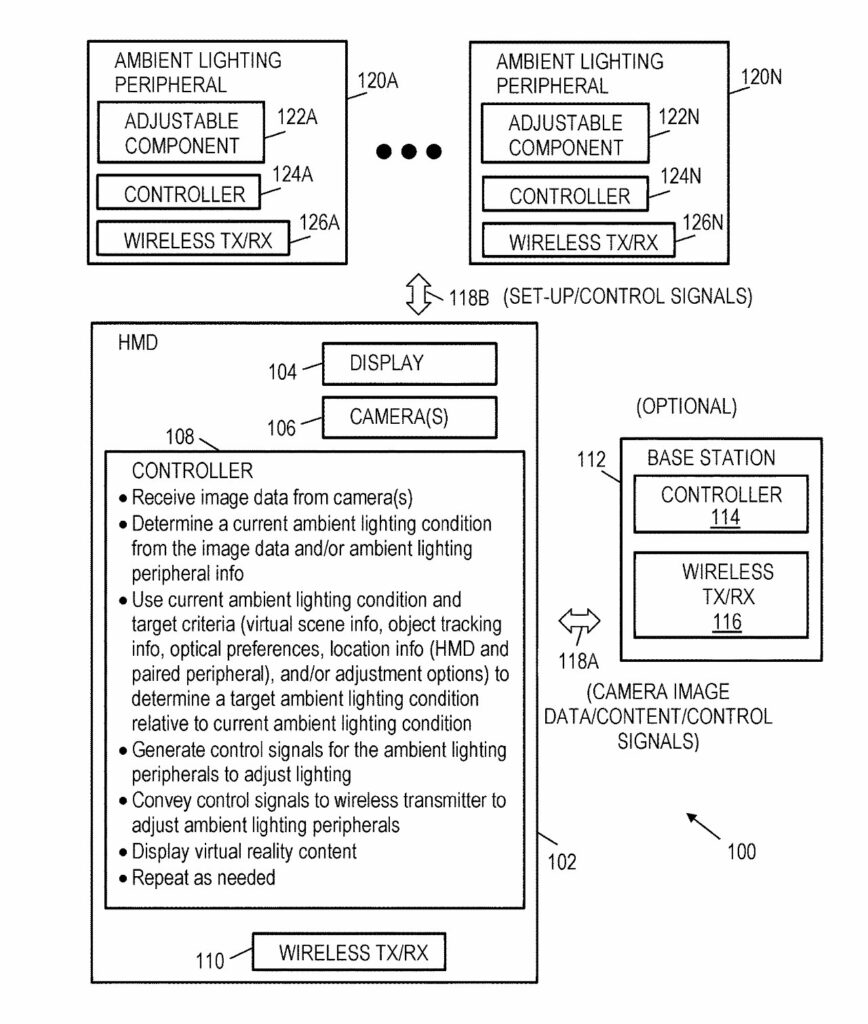
6-3 #Presentable : Huawei has introduced the latest version of HarmonyOS 2; Samsung is allegedly considering plans to relaunch the Galaxy Note series in 2022; LG has announced the shutdown of its mobile payments service, LG Pay in 2021; etc.
Nvidia GeForce RTX 3080 Ti and 3070 Ti GPUs are announced. The RTX 3080 Ti clocks at up to 1.67GHz and brings 10,240 CUDA cores and 80 GPU clusters. RTX 3070 Ti has a boost clock speed of 1.77Ghz with 6,144 CUDA cores and 48 RT core. Both graphics cards come with second-generation RT cores and third-gen Tensor cores. RTX 3080 Ti gets 12GB GDDR6X VRAM with a 384-bit interface while the 3070 Ti comes with 8GB at 256-bits instead. Both draw up to 350W of power. (GSM Arena, Digital Trends, Neowin, Nvidia, My Drivers)
Nvidia has announced that it will launch a subscription service for its DGX SuperPOD as an affordable way to gain entry into the world of supercomputers. The DGX 2 is capable of two petaflops of A.I. performance, according to the company, and comes configured with 16 Nvidia V100 Tensor Core GPUs designed for large-scale AI projects. (Digital Trends, The Register, CRN, Nvidia)
AMD has announced new Radeon RX 6000M series graphics cards for laptops, based on the latest RDNA 2 architecture. AMD claims its GPUs can deliver up to 1.5 times the performance, or 43% lower power consumption for the same performance level. They also promise much better efficiency on battery power. The lineup includes the Radeon RX 6800M, 6700M, and 6600M. (Neowin, The Verge, Pocket-Lint, AMD)
AMD has announced that RDNA2 technology will be integrated into Tesla’s Model X and Model S. AMD has also announced that it will bring RDNA2 to Samsung’s upcoming flagship Exynos platform, delivering ray tracing and variable rate shading to the best Android phones. (Android Authority, The Verge, Sam Mobile, GizChina)
Construction has started at a site in Arizona where Taiwan Semiconductor Manufacturing Co (TSMC) plans to spend USD12B to build a computer chip factory. TSMC Chief Executive C.C. Wei has said the planned factory remains on track to start volume production of chips using the company’s 5nm production technology starting in 2024. TSMC is competing for some of the USD54B in subsides for the chip industry that advanced in the United States. TSMC plans to invest USD30B in 2021 and USD100B over the next 3 years. (CN Beta, LTN, UDN, Reuters, Apple Insider)
Reliance Industries has announced that Jio Platforms will be working with Qualcomm to set up local manufacturing sites that will produce “critical equipment” for 5G networking in India. Both companies previously partnered to develop “open and interoperable” interface compliant architecture based 5G solutions with a virtualized RAN and has achieved over a 1Gbps milestone on the Jio 5GNR solution using the chipmaker’s 5G RAN Platforms. Qualcomm also invested USD97M in Jio Platforms in 2020. (Gizmo China, India Times, Business Standard)
LG InnoTek has sold its 1,968 patents related to LED technology registered in the US to a Chinese company called Suzhou LEKIN Semiconductor, according to filings made to the United States Patent and Trademark Office (USPTO). Suzhou, China-based LEKIN Semiconductor was founded in on 2 Mar 2021 and registered as a company on 3 Apr 2021. The firm’s initial capital was shown to be CNY80M. (My Drivers, The Elec, Sohu)
BOE has stated that the Gen-10.5 TFT-LCD production line in Wuhan is currently ramping up production capacity according to the established plan. The Gen-6 flexible AMOLED production line in Chengdu and the Gen-6 flexible AMOLED production line in Mianyang are in mass production; the Gen-6 flexible AMOLED in Chongqing production line project is under construction as planned and is expected to be put into operation in 2021. (Laoyaoba, Sohu)
TLi has commercialized driver IC (integrated circuit) for MicroLED driver boards. TLi has announced that it has developed a driver IC ‘TL3103UD’ for common-cathode type LED driver boards. While display manufacturers have to use 6 LED driver ICs from Taiwanese and Chinese companies to materialize a high-resolution MicroLED display, they only have to use 1 LED driver IC from TLi to materialize the same display. (Laoyaoba, CWW, ET News)
According to UBI Research, Chinese smartphone makers are increasing their use of OLED panels despite the COVID-19 pandemic and US sanctions. A total of 57 smartphones that use OLED was launched in China in 1Q21. Smartphone OLED sales reached USD990M in 1Q21, an increase of 38.3% year-on-year. The growth was thanks to more Chinese panel makers manufacturing high resolution OLED panels, which increased unit prices. (Gizmo China, The Elec)
Samsung’s trademark registration application for “Round Diamond Pixel” submitted to the European Union, the United Kingdom and the Korean Intellectual Property Office suggests that the use of Diamond Array flexible screens may be used with the upcoming Galaxy Z Fold 3 / Galaxy Z Flip 3 foldable smartphones. (CN Beta, LetsGoDigital)
BOE demonstrates its sliding OLED display. Details on the actual panel are scarce with BOE revealing an outer bending rate radius of 4mm and a dynamic scrolling frequency. The panel appears to have no visible crease while expanding which is the major advantage over current foldable displays. (GSM Arena, Weibo, GizChina)
Xiaomi’s patent describes a smartphone with an atypical design of a selfie camera. The source indicates that at the top there is a retractable front camera with 2 image sensors or one sensor with 1 LED flash. (GizChina, LetsGoDigital, Sina, CN Beta)
Micron has announced they have started shipping the companies first PCIe 4.0 SSDs, using their latest 176-layer 3D TLC NAND flash memory. The two new product families are the Micron 3400 and 2450 series client SSDs. The 3400 series is their high-end client SSD, with double the read throughput of their preceding Micron 2300, and 85% higher write throughput. (CN Beta, AnandTech, Tom’s Hardware)
Micron Technology has unveiled memory and storage innovations across its portfolio based on its 176-layer NAND and 1α (1-alpha) DRAM technology, as well as what the company claims is the industry’s first Universal Flash Storage (UFS) 3.1 solution for automotive applications. (Digitimes, EE Trend, TechNews)
Chinese electric vehicle company NIO has unveiled its second charging route under the Power Up Plan as planned. NIO has opened the second line covering the mountainous regions of southwestern China from Chengdu via China’s National Highway 318. NIO has set up 12 destination charging stations along the route. (Laoyaoba, CN EV Post, My Zaker)
China’s CATL is allegedly planning a major new automotive battery plant in Shanghai. The new plant would be able to make 80 gigawatt-hours of battery cells a year, a second person said, which would come on top of 69.1GWh in current production capacity and another 77.5GWh under construction. At 80GWh per year, the new Shanghai plant would be capable of powering some 800,000 electric cars. (CN Beta, Reuters, NADSAQ)
Chipmakers like Qualcomm, MediaTek, and Broadcom have entered the early stages of development for the next generation of Wi-Fi chips. The next gen standard is for the Wi-Fi 7 chips that will likely feature improvement over the previous generation. In other words, they are working on launching their own iterations Wi-Fi 7 (802.11be) chips. (Gizmo China, Digitimes, CN Beta)
The Italy-based unit of Vodafone has reportedly received conditional approval from Rome to use the equipment made by the world’s leading telecom equipment manufacturer Huawei in its 5G radio access network. Italy can block or impose tough conditions on deals involving non EU vendors under “golden powers”. (Gizmo China, Reuters, Reuters, The Paper)
More than 50% of Apple’s next-generation iPhone devices slated for launch in 2H21 reportedly will support 5G mmWave technology, according to Digitimes. mmWave (millimeter wave spectrum) is the band of spectrum between 30 GHz and 300 GHz. (Digitimes, Laoyaoba, Sina, Apple World Today)
Huawei has introduced the latest version of HarmonyOS 2. Huawei says HarmonyOS can run on devices with as little as 128KB of RAM, so almost any smart device may be able to run on the platform. Huawei has emphasized the connectivity between devices enabled by HarmonyOS. HarmonyOS aims to be a truly cross-device operating system. More than 100 Huawei devices will be getting the software as an update over 2022. (CN Beta, Neowin, Pocket-Lint)
Huawei has unveiled that more than 300 partners have joined the Harmony ecosystem. The company claims that over 40 mainstream brands will use Harmony in 2021. Huawei is working so hard to attract more manufacturers to the HarmonyOS 2.0 ecosystem. (GizChina, IT Home)
Samsung is allegedly considering plans to relaunch the Galaxy Note series in 2022. The report claims that the market’s response to the Galaxy S21 Ultra with S Pen is not great. (GizChina, Sam Mobile, Twitter)
Huawei MatePad series is announced in Europe: MatePad Pro 12.6 – 12.6” 2560×1600 OLED 60Hz, Kirin 9000E 5G, rear tri 13MP-8MP ultrawide-3D ToF + front 8MP, 8+128 / 8+256GB, HarmonyOS 2.0, 10050mAh 40W, 5W reverse charging, 27W wireless charging, 10W wireless reverse charging, from EUR799. MatePad Pro 10.8 – 10.8” 2560×1600 IPS LCD 120Hz, Qualcomm Snapdragon 870 5G, rear 13MP + front 8MP, 8+128 / 8+256GB, HarmonyOS 2.0, 7250mAh 40W, 5W reverse charging, 27W wireless charging, 10W wireless reverse charging, price to be announced. MatePad 11 – 10.95” 2560×1600 IPS LCD 120Hz, Qualcomm Snapdragon 865, rear 13MP + front 8MP, 6+128GB, HarmonyOS 2.0, 7250mAh 22.5W, 5W reverse charging, EUR399. (GSM Arena, Neowin, CN Beta)
Fitbit may soon add snoring and noise detection to its devices, a move that will likely please the spouses and partners of the snoring population and be of interest to people for whom snoring is a sign of a possible health condition. The feature allows a Fitbit’s microphone (in devices that have one) to listen to “ambient noise including user’s potential snoring”, after the user has fallen asleep. (9to5Google, The Verge, Gizmo China)
Meizu Watch is unveiled featuring 1.78” 368×448 AMOLED display, Qualcomm Snapdragon Wear 4100, 1+8GB, Wear OS, 420mAh battery, eSIM, supporting heart rate tracking, blood-oxygen tracking, sleep and stress tracking, as well as 13 different exercise modes. It is priced at CNY1,499 (USD235). (GSM Arena, Meizu, Gizmo China)
Huawei Watch 3 series is announced in China, featuring 1.43” 466×466 AMOLED, 2+16GB, HarmonyOS 2.0, 10W wireless charging, 5ATM water resistant, 4G eSIM, heart-rate tracking, blood-oxygen (SpO2) tracking, skin temperature tracking, 24/7 stress and sleep tracking, workout modes support: Watch 3 – Battery life in standard mode is 3 days with 4G enabled, start from CNY2,599 (USD410). Watch 3 Pro – Battery life is up to 5 days with 4G enabled, start from CNY3,299 (USD515). (Neowin, GSM Arena, CN Beta)
Apple’s patent titled “Dynamic ambient lighting control” describes systems as broadly as it can and so only specifically mentions HomeKit. The entire patent is concerned with how ambient light can be sensed, and then that information used to appropriately control other devices. (CN Beta, Sina, Apple Insider, USPTO)
The European Union (EU) is set to unveil plans for a bloc-wide digital wallet, following requests from member states to find a safe way for citizens to access public and private services online. The app will allow citizens across the EU to securely access a range of private and public services with a single online ID. (Engadget, Financial Times, Reuters, Financial Post)
Coinbase has announced that its cryptocurrency debit card is now compatible with Apple Pay and Google Play, allowing users to check out and earn crypto. The Coinbase Card is a Visa debit card that allows users to spend cryptocurrency as cash across the globe. (CN Beta, Apple Insider, Coinbase)
LG has announced the shutdown of its mobile payments service, LG Pay, later in 2021. The news follows LG’s plan to can its mobile division by Jul 2021. The termination of LG Pay will leave LG users without payment support for magnetic stripe readers. (Android Authority, XDA-Developers, LG Pay, Sina)
According to the Central Bank of India, there is no ban on cryptocurrency transactions in India. This news has injected a booster into the cryptocurrency market, which has recently been suppressed by global regulations. Notably, HDFC Bank and the State Bank of India (SBI), have reached out to customers. The Bank of India told banks not to use the 2018 central bank announcement as a reason to hinder cryptocurrency transactions. The Central Bank of India’s circular at the time prohibited banks from facilitating such transactions but was later rejected by the Supreme Court of India. (Coin Telegraph, Business Insider, Bloomberg Quint, IT Home)

